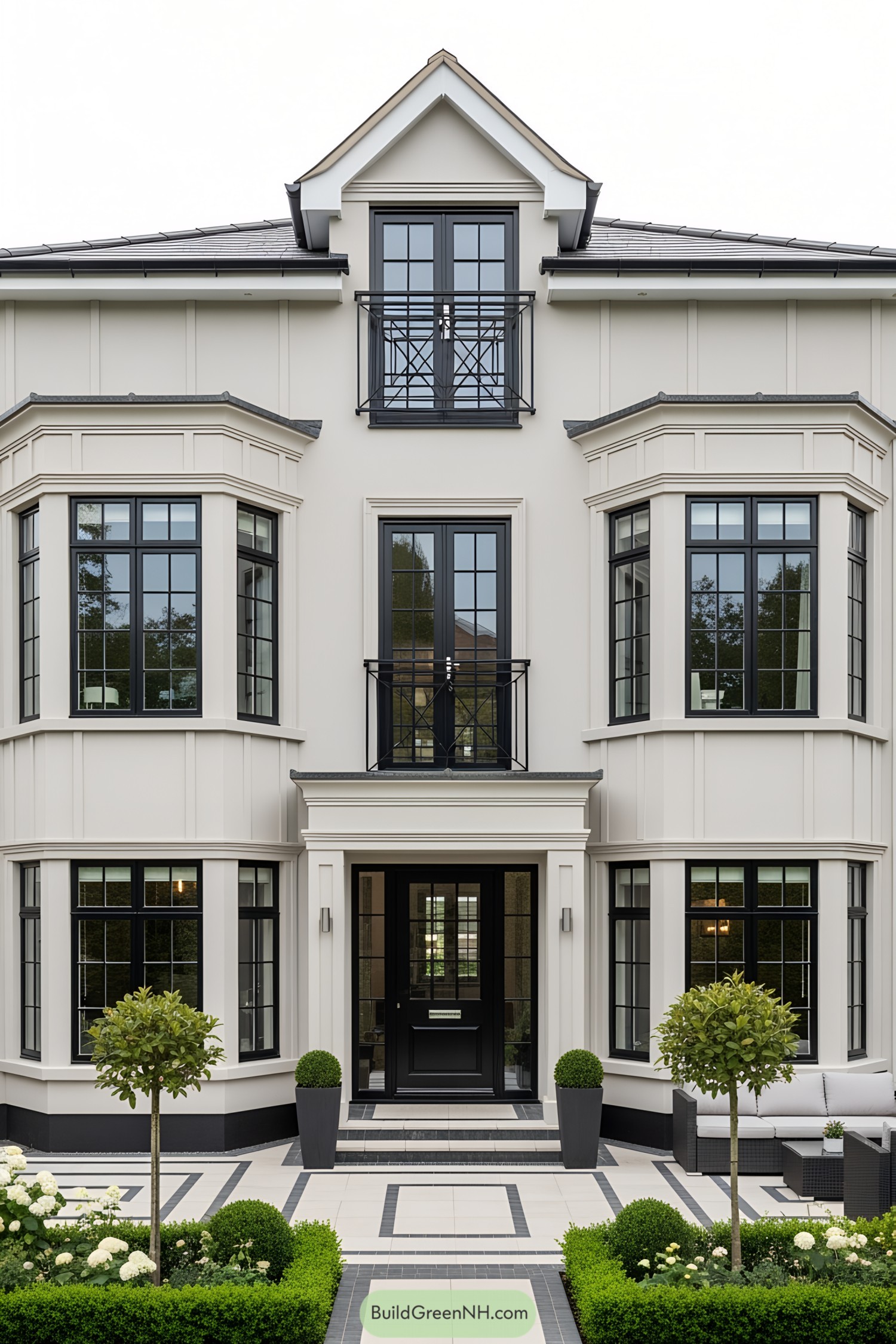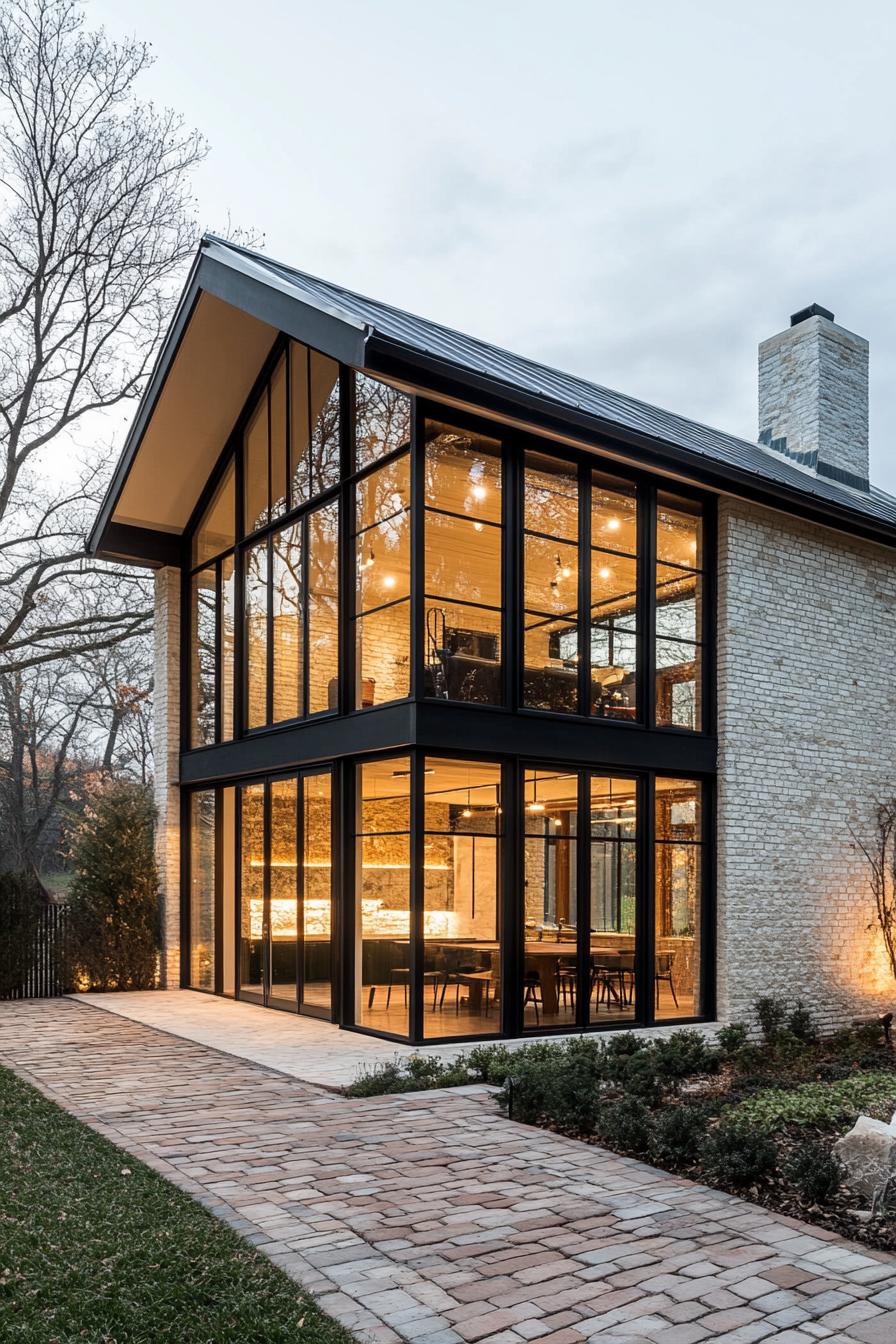Last updated on
Buildings don’t stay forever. When they’re demolished, all the materials go to waste. But that’s not the case with biodegradable building materials.
Non-recyclable materials in construction often end up in dumpsters and landfill. Transparency Market Research reports that waste from demolished buildings will amount to 2.2 billion tons annually worldwide by 2025. There has to be a solution to prevent filled-up landfills.
Thus, architects create clever building designs using biodegradable materials for various construction projects. These biodegradable building materials promote lower energy consumption and lower carbon emissions. Aside from that, they are also sustainable and recyclable.
What are the biodegradable materials you now see today? Here are the top examples.
Grasscrete
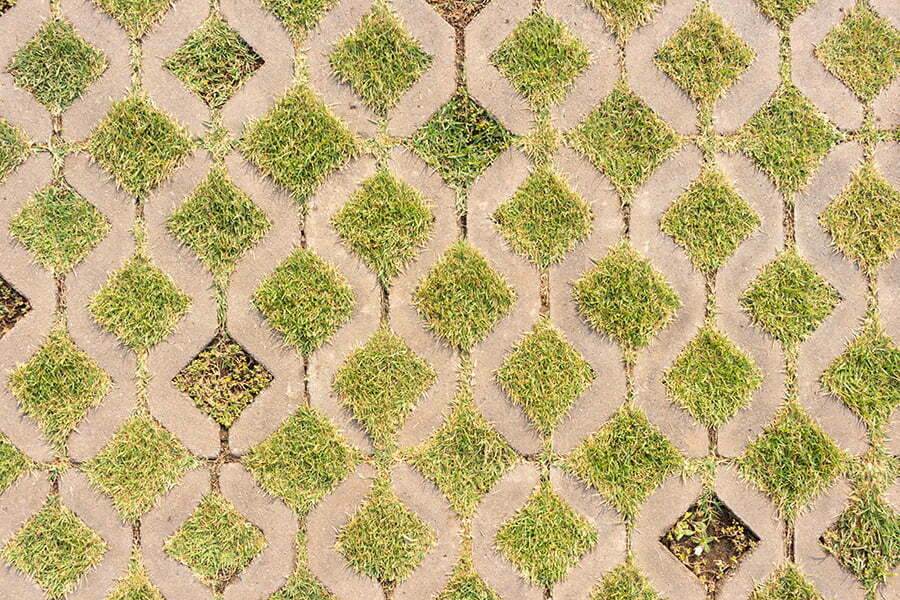
This is an environmentally-friendly solution for making aesthetically-appealing urban surroundings. the process is simple. First, pour concrete over styrene void foams to create Grasscrete. The foams have intricate void patterns. The second step is to replace the void patterns with stones and grass soil to achieve that aesthetic effect.
Mycelium
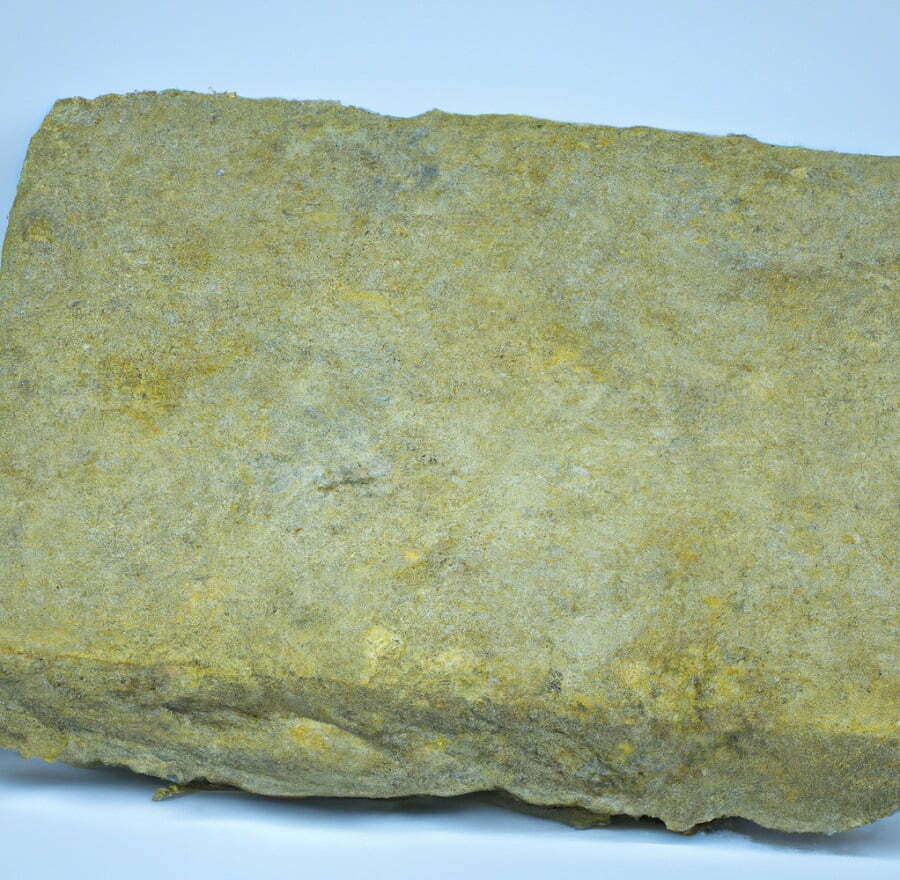
The roots of mushrooms consist of tiny threads called hyphae, which have many uses, from packaging to construction. Mycelium is the invisible part of the mushroom. It’s for cladding, insulation, and other applications for buildings that don’t require a lot of structural strength.
Bamboo
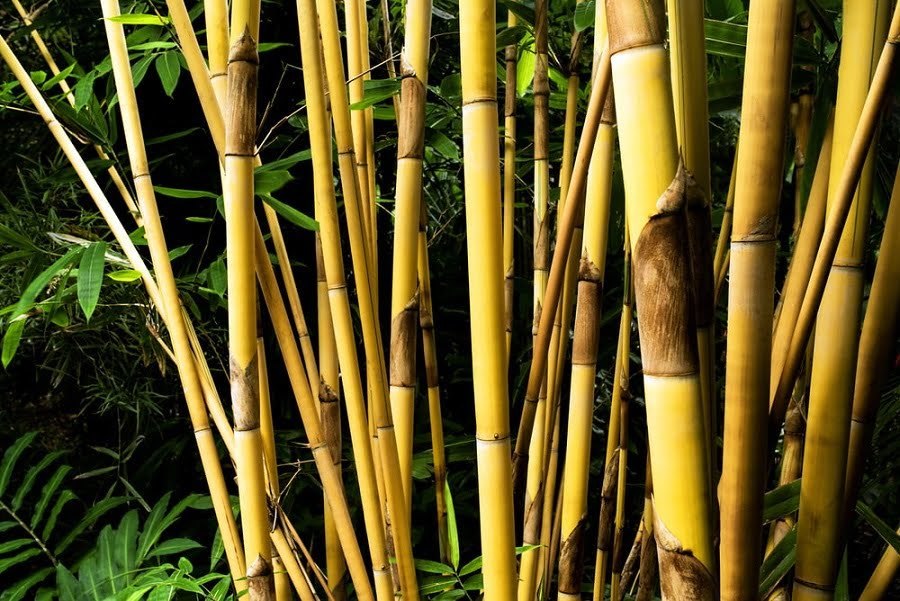
Houses, bridges, rafts, and boats use bamboo. It’s been a trusted material since time immemorial. The modern construction industry has fully embraced bamboo as one of the best biodegradable building materials.
Furthermore, bamboo is just as strong as hardwood and softwood which makes it a great option for scaffolds as well.
Bamboo is one of the fastest-growing plants, with an impressive strength-to-weight ratio when dry. Bamboos are great construction materials instead of cutting down trees to meet the demand for timber.
Wood Shingles
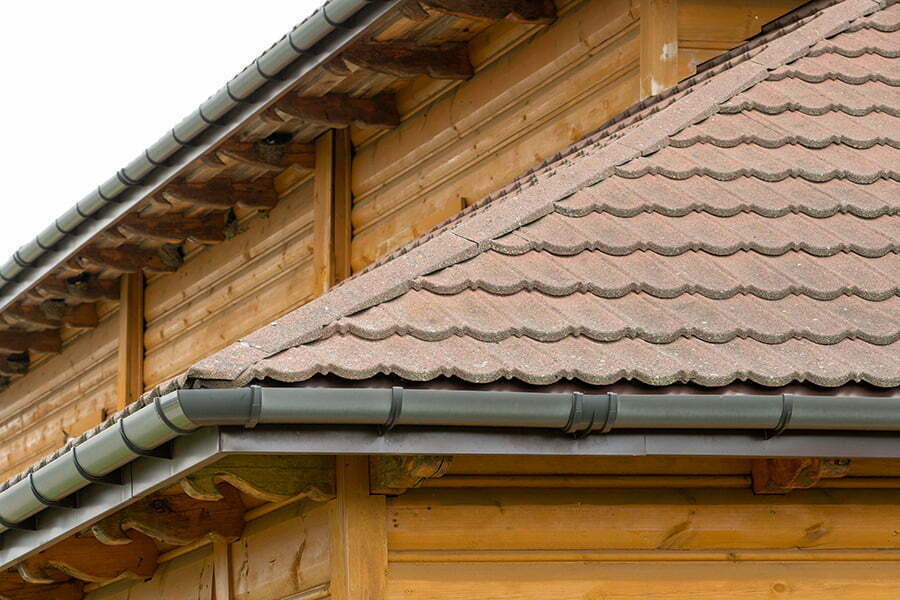
Wood shingles cover roofs. Additionally, they are for wall cladding too. Otherwise referred to as shakes, wood shingles are made by splitting knot-free, straight-grained bolts of wood. Treat shingles with fire retardants and wood preservatives before installation.
It is important to note that different types of wood shakes exist in the market. Wood shingles come in different shapes, sizes, and patterns to suit the needs of consumers.
Bioplastics
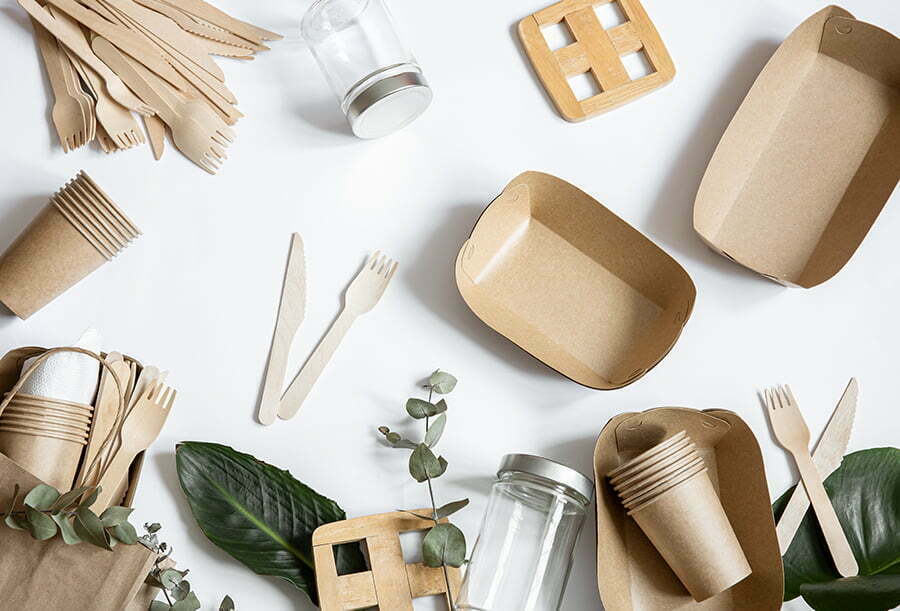
Plastics harm the planet. Hence, using bioplastics instead. It’s made from corn starch waste and potatoes. The textile industry, agriculture, and medicines are some of the fields that use bioplastics. Flooring materials, interior decor items, shade structures – all these use bioplastics. It’s a degradable and eco-friendly building material.
Sheep’s Wool
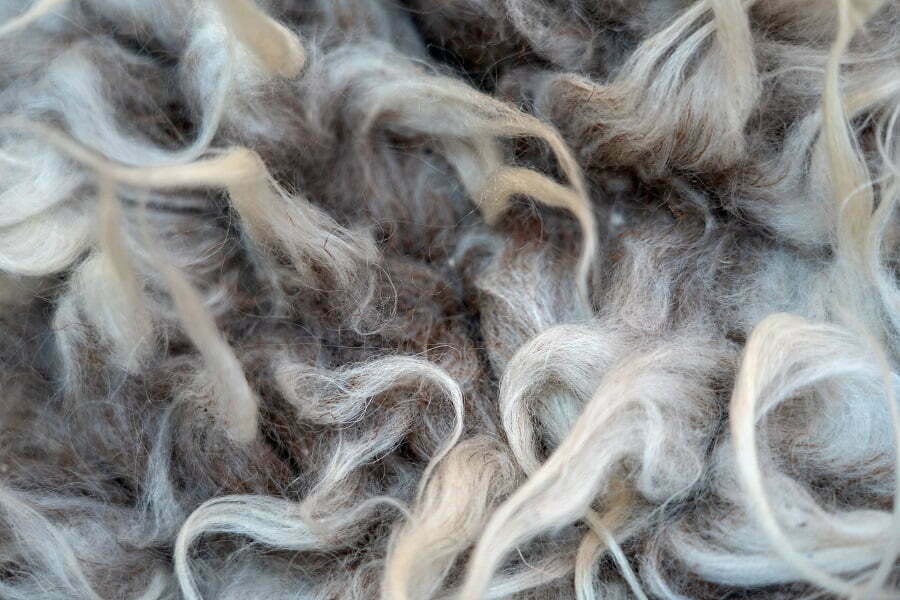
Sheep’s wool is a natural and renewable material with remarkable insulation properties rival EPS. Using sheep’s wool for home insulation makes sustainable architecture and construction a reality. Sheep’s wool is an excellent material for home insulation due to its sound insulation and ability to regulate moisture.
Wool will absorb the excess moisture when there is high humidity in a room. When humidity drops beyond comfort levels, the wool insulation will release moisture to restore balance in the room.
Cork
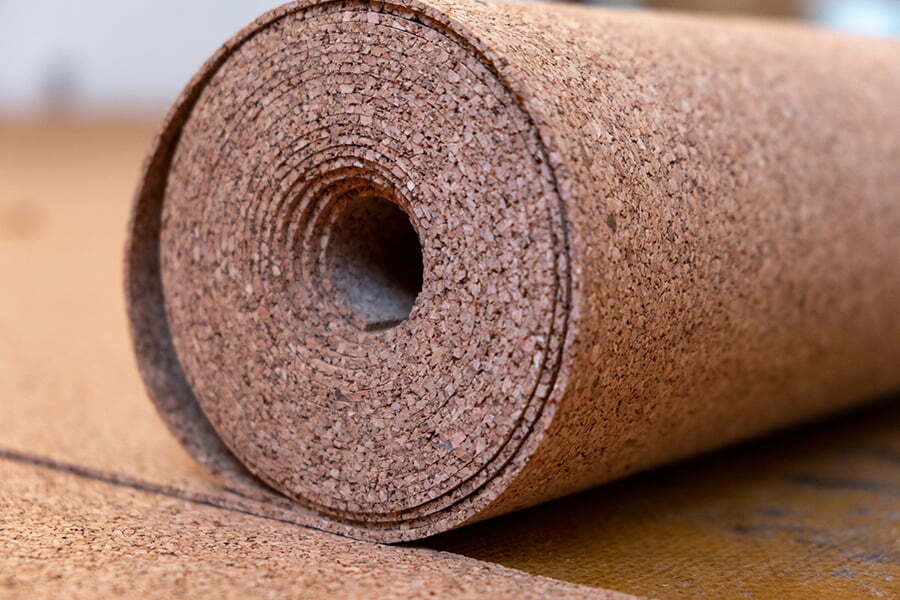
Cork is a natural, environmentally-friendly, and sustainable building material with various uses. Use cork for surface finishing, flooring, insulation, and other things. Cork flooring offers impressive cushioning and noise absorption, making it a popular flooring material.
Straw Bales
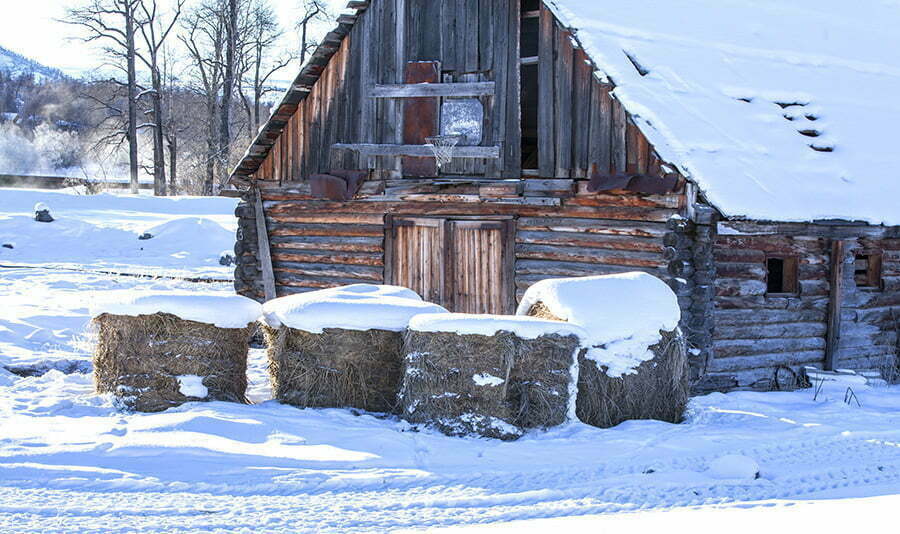
Straw bales are effective insulators due to their load-bearing capacity. It’s a mix of rice, oats, wheat, or rye straw. They are stacked together on a raised footing or foundation. Pins of bamboo or wood hold the bales together.
A lime-based formulation plasters the bale. The result is a rigid structure with impressive insulating and noise absorption properties.
Hempcrete
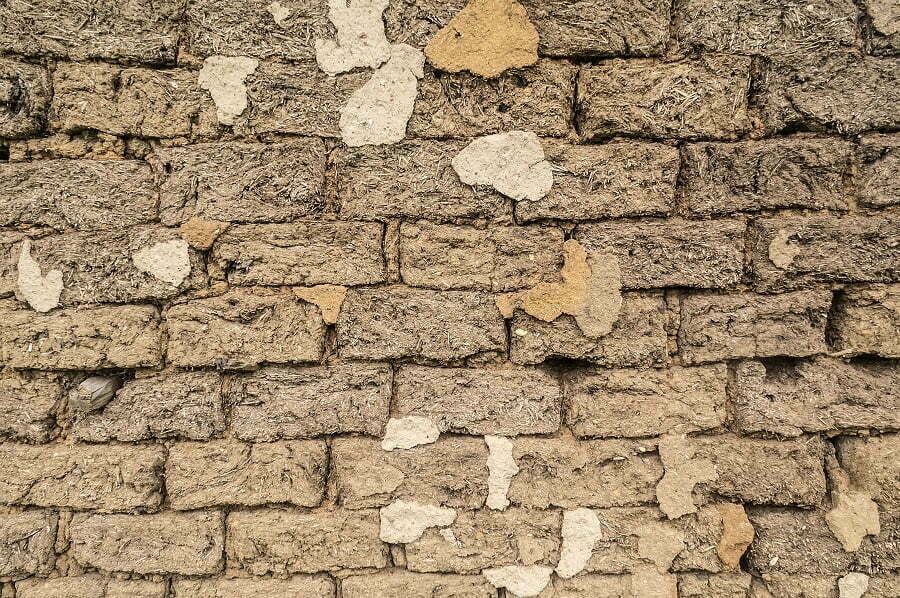
Hempcrete or hemp line is a biocomposite material. It’s a mix of sand, lime, and hemp hurds. The construction industry uses it for insulation and as a replacement for traditional lime mixes. Hempcrete is also a superb insulator with superb moisture regulation capacity, making it suitable for various construction projects.
Newspaper Wood
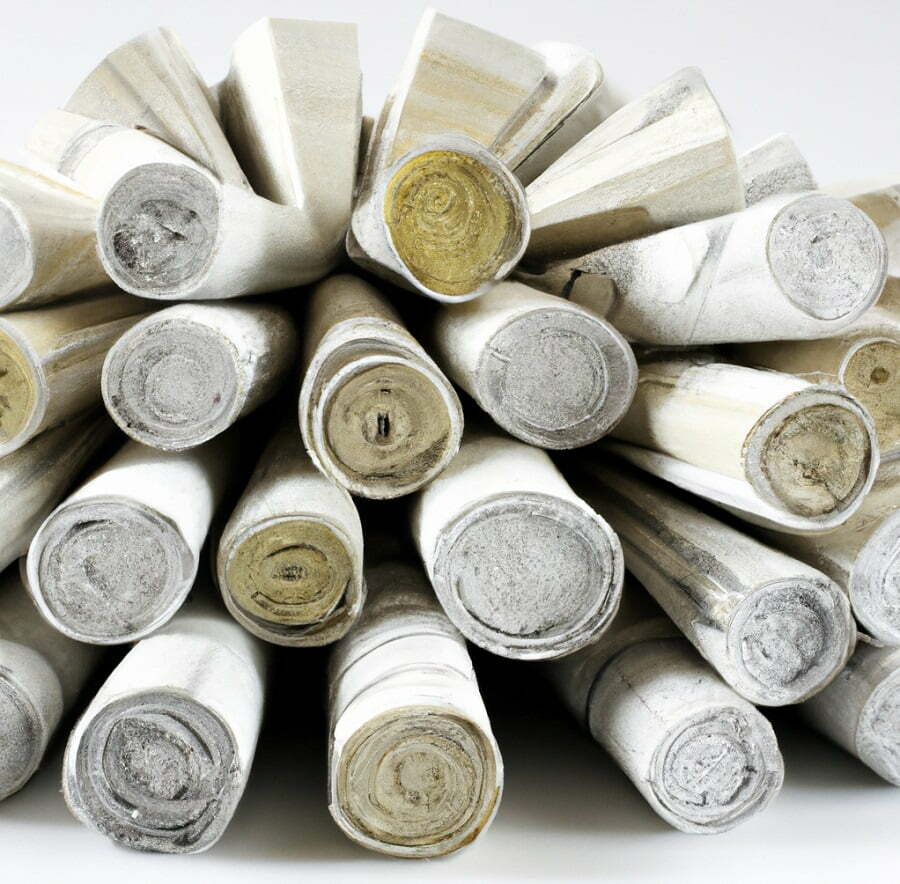
Turning wood into paper is fascinating, but turning old newspapers into wood is even more enjoyable.
Glue individual newspaper papers and roll them one over the other to form logs. This is the process of making newspaper wood. The glue must be an organic adhesive if the newspaper wood is to be biodegradable.
Bioplastics Soybean
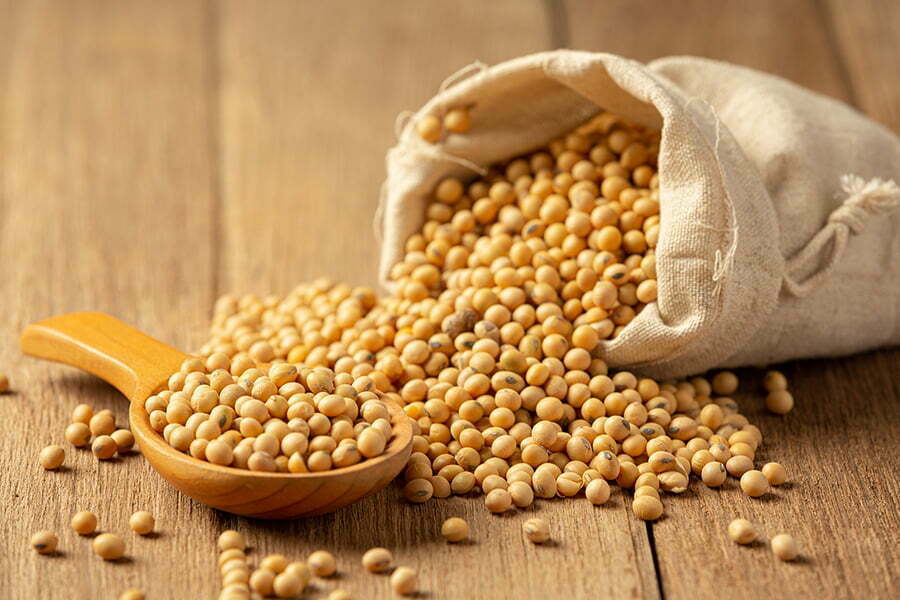
Soybean oil is rich in soy polyols, which make sealants, adhesives, newspaper ink, and rigid urethane foam insulation. Urethane rivals its petroleum counterpart. It’s a combination of soy polyols and other chemicals. Plastics from soybeans are biodegradable.
Desert Sand
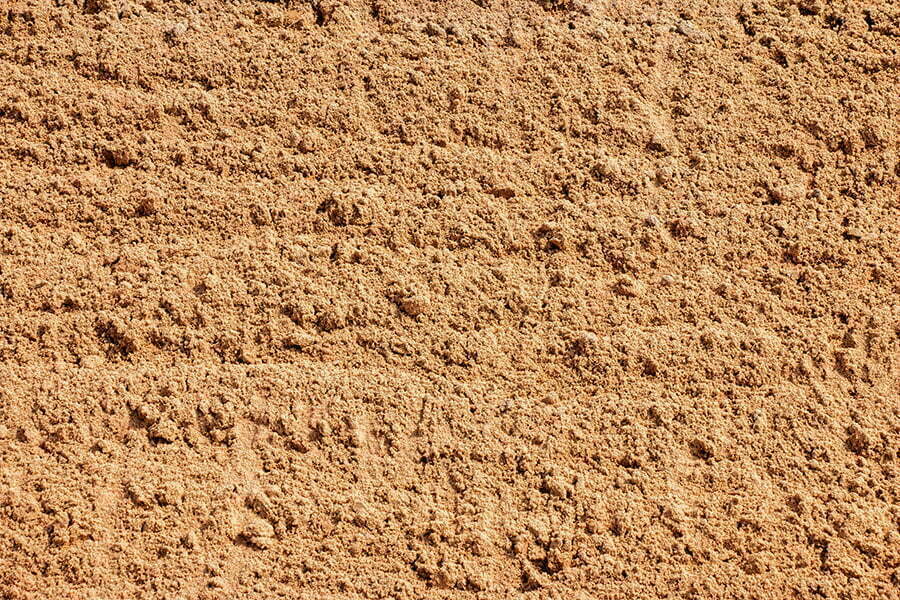
A group of scientists from Royal College London recently developed a biodegradable material from desert sand. Fine desert sand and other fine powders make the finite. It is a biodegradable material that can be melted and reused.
Timber
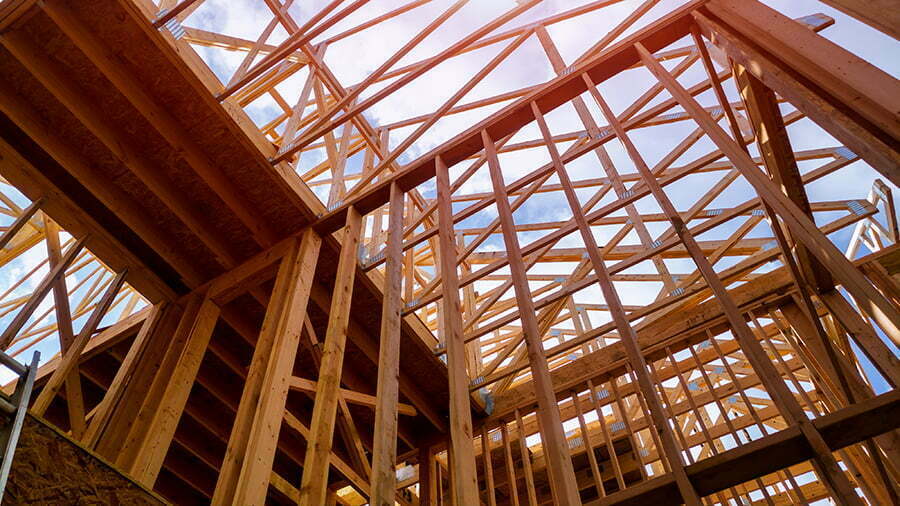
Cutting down trees isn’t always bad for the environment. Often, it’s necessary to give way to space and more growth. But cutting down indigenous trees is a serious no-no.
Forest plantations are a good source of lumber. However, when cutting down mature trees, it’s imperative to plant seedlings right away as a replacement. Additionally, timbers are great materials for structural components including roof rafters, trusses, wood shingles, and wood floorings.
Linoleum
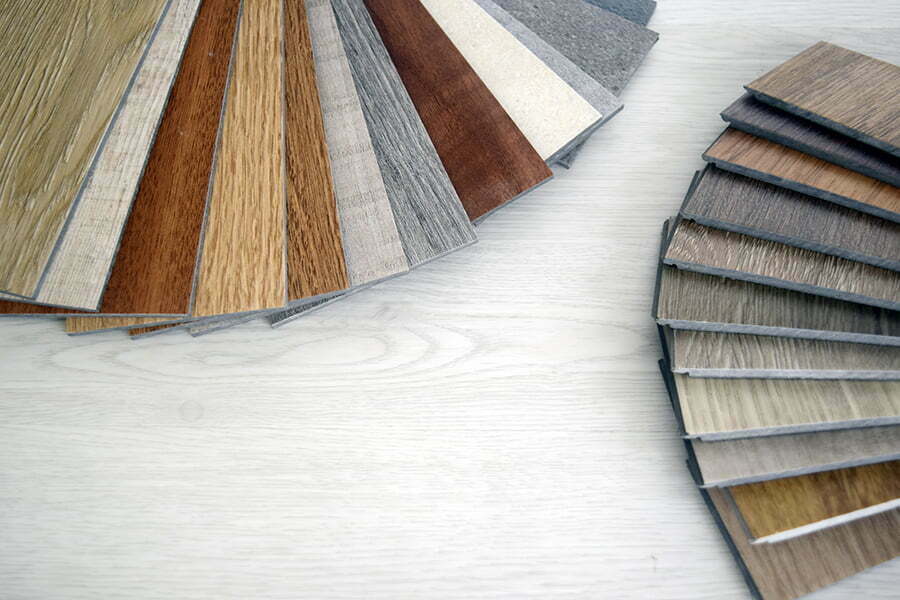
Linseed oil is a natural and sustainable raw material. It’s the main component of linoleum. The solidified linseed is excellent for floor covering as it’s affordable, versatile, and durable. Furthermore, linoleum flooring has natural antibacterial properties, is biodegradable, and is easy to repair.
Rammed Earth

Since time immemorial, compacted earth has been used as a building material by civilizations across the globe. Nowadays, hydraulic equipment is used to compact certain soils to create building blocks with impressive compressive strength. Since nothing is added to the rammed earth, it is considered an eco-friendly alternative to reconstituted limestone blocks and natural stones.
Biodegradable Paint
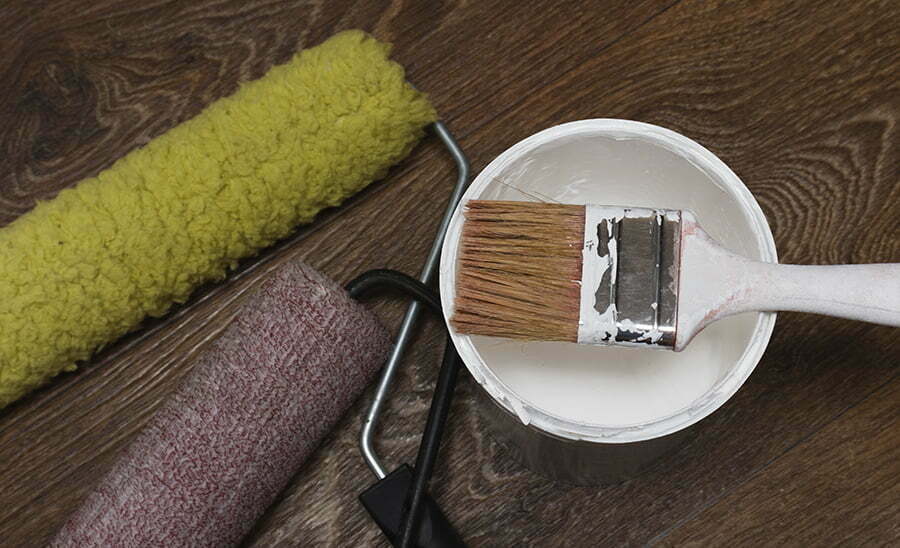
Some paints are toxic and harmful to humans. Scientists have been working hard to develop eco-friendly and biodegradable paint. Often, lime, iron oxide pigment, and casein create paint.
What Material is Most Biodegradable?
As the demand for biodegradable building materials continues to rise, it is crucial to understand the importance of biodegradability. You can learn more about biodegradability here by exploring how materials like cotton are contributing to sustainable solutions.
From the list of eco-friendly construction materials listed above, it is safe to say that straw bales and mycelium are the most biodegradable materials. However, natural timbers without chemical treatments degrade fast, especially in non-conducive conditions.
Rammed earth, newspaper wood, and bamboo take much longer to degrade, but they are still biodegradable.
What are Biodegradable Structures?
These are structures with bonds that break down over time when exposed to conducive environmental conditions. All plant and animal products have biodegradable structures, so they can easily break down and decompose.
Additionally, as they rot, they provide microorganisms and plants with nutrients so they don’t go to waste.
What Wood is Biodegradable?
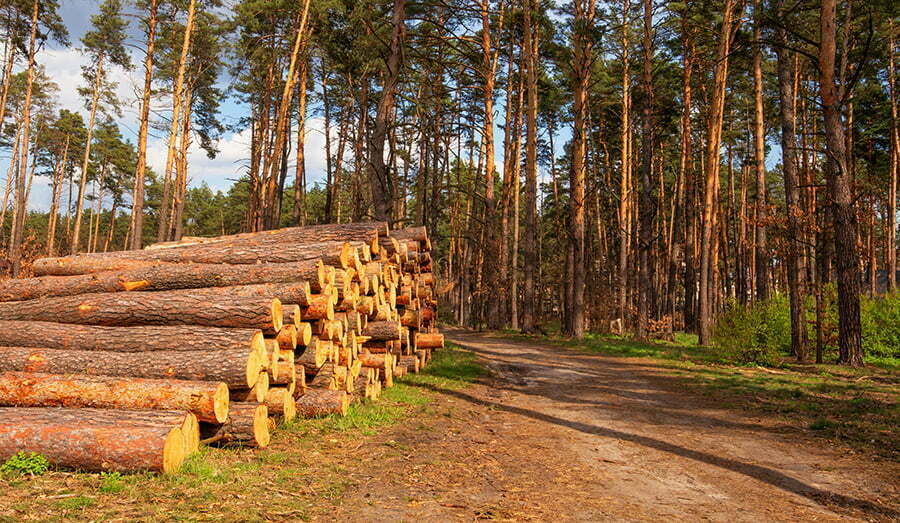
Wood is one of the most widely used building materials. Wood is used to make structural components, walls, roofing structures, and furniture. While all types of wood are biodegradable, some may take longer to degrade than others.
Timber treated with chemicals is still biodegradable, but it will take longer to degrade. The chemicals inhibit microbes and insects from feeding on the timber. Over time, however, these chemicals will wear off and allow degradation to take place.
There are some varieties of indigenous hardwood trees that produce timber with extreme durability. While the wood from these trees may last centuries, they are still degradable under the right conditions.
Therefore, consumers are encouraged to keep off timber products derived from indigenous trees to eliminate the demand for lumber from rainforests.
Table of Contents
